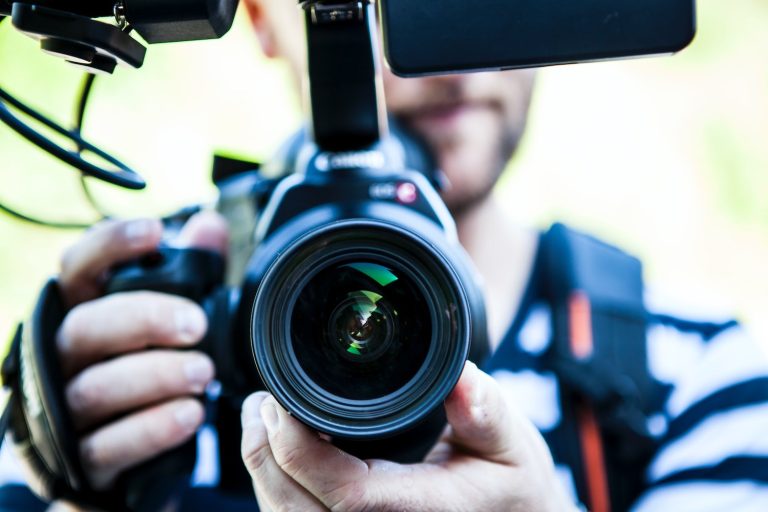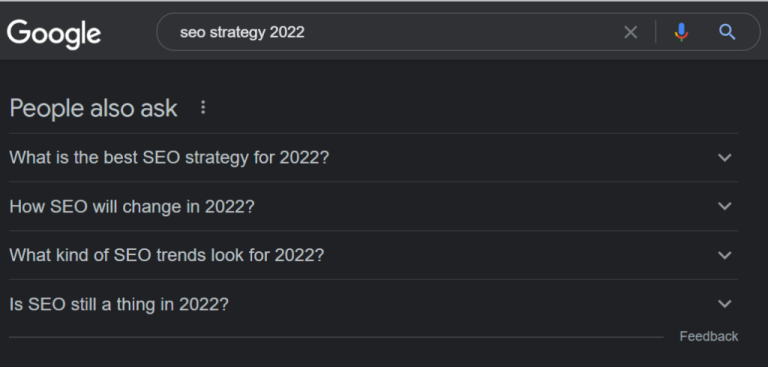To ensure a clear conversation between the two entities, the text needs to be reader-friendly, clear, engaging, and to the point. To help achieve this objective, a combination of text symbols, size, font, etc. appear as a published matter collectively known as Typography. Through the font, colour, typeface and context, you send across a message to the reader. Thus, Typography holds a major significance as it assists in differentiating different messages and writing tones.
A website acts as a bridge to connect the business owner and the readers, who may, later on, become its potential consumer. It consists of letter designing, leading, kerning, and stylized aspects that help in realizing which content piece holds more value. Additionally, it helps the reader navigate through the website effortlessly and discriminate between varied content options.
Differentiating the content across the webpage is crucial. This distinctness alarms the reader to give the content blurb a non-identical level of value. If you are unsure about how Typography can make or break your web design, read on, as below is a brief detail portraying the significance of typography.
Why is typography important?
Typography is the most indispensable aspect of the website as a good balance of various fonts, their sizes, and their colours are quite crucial for the branding of the company. Although many people don’t realize this at first, some particular fonts tend to accentuate positive emotions while a few generate negative vibes.
Similarly, the website’s readability, which many people tend to forgo, affects the outcomes. As not following the typography rules can generate discouraging results in a passive manner, font choice, pairing, style, and colours exert great influence on the reader.
Typography also plays a major role in setting up the mood of the reader. By properly managing the content using six different heading styles, the website produces a streamlined and sophisticated pattern. This layout as a result decides whether the reader will continue reading the text on the website or will leave it midway.
/*div{padding-right:0!important;padding-bottom:10px}.ml-form-formContent.horozintalForm .ml-button-horizontal{width:100%!important}.ml-form-formContent.horozintalForm .ml-button-horizontal.labelsOn{padding-top:0!important}}
/*]]>*/
/**/
![]()
![]()
What are some of the most important aspects in Typography?
To assist you in understanding some of the major typography aspects, we have provided the following most significant points that give a website a top-notch typography rank.
Standard fonts retain readers’ attention:
Ensuring the use of standard fonts in website designing brings more views and visibility. In contrast, fonts that are way too distinct and exciting should be avoided as their high-end outlook diverts the attention, resulting in a disengaged audience. For branding and advertising, you can prefer fancy fonts; however, for serious and important content, standard fonts should be utilized. For that, Google Web Fonts, which is a font embedding service, can be checked as it tends to enhance the possibility of the reader continuing the reading process till the text ends.
Proper Line Spacing
While designing the content outline for the website, line spacing in the text, also known as line height, should be given proper consideration and thought. With the increase in vertical spacing, the readability score increases to a great level. Thus, it can be beneficial that the leading is around thirty per cent more than the character height to add clarity in the comprehension of the text.
Accurate Colour Contrasting
Managing the colours of the website is indeed crucial as it helps in reader engagement, readability, and overall website interpretation. If the web designer uses similar colours in both the foreground and background, it is bound to create great confusion. After properly colour contrasting the site, it is imperative to run a pilot project and make someone read it.
Reasonable Text Size
The text size on the website affects viewership and reader engagement. An inappropriate text size reduces the chances of reading the content blurb owing to the discomfort it causes. As many people also face nearsightedness or farsightedness issues, the text should have a standard size.
Right Color Choice
In order to follow the standard typography layout, it is essential to select the right colour combination for the website. To distinguish important text and information, choosing a different colour from that of the regular one is also mandatory. Certain colours should be avoided at all costs to give the website a universal reach. Similarly, the usage of red and green colours should be avoided to engage the colour-blind audience. As these two shades cause discomfort for those with colour blindness, it is highly recommended to let go of them and opt for other colours.
Selecting the right font, spacing, and colours helps in managing and supporting the brand image. Typology, in this way, offers visual cues to the reader through the text. The usage of the wrong combination of text and background may lead to a reduction in brand visibility as the readers won’t recommend your website. Thus, distraction should be avoided at all costs, and the designer must consider the above-mentioned tips and tricks while designing an effective website.






